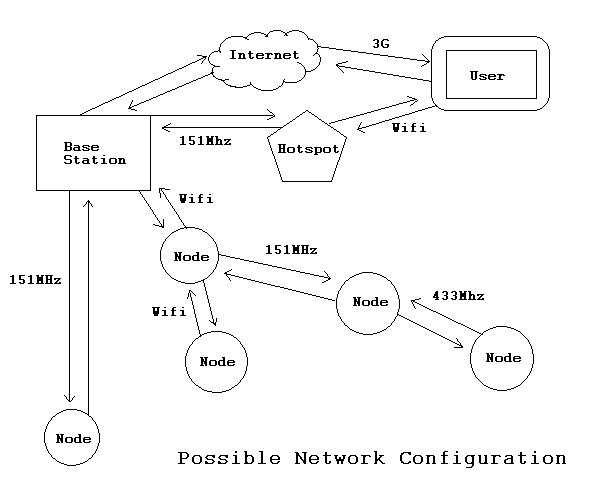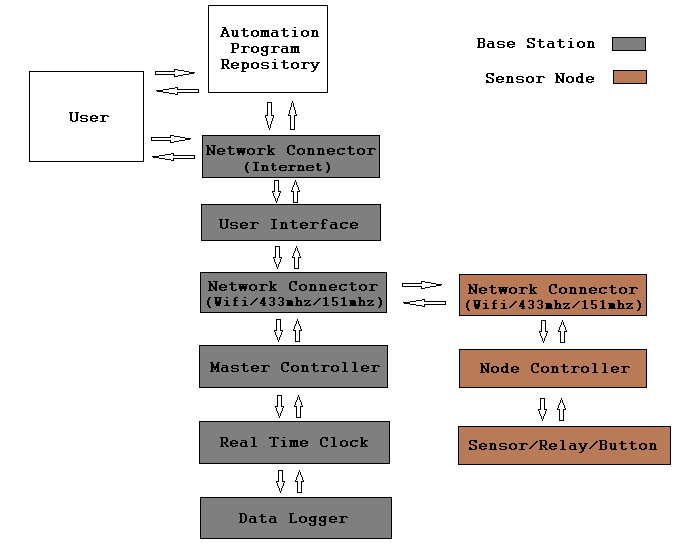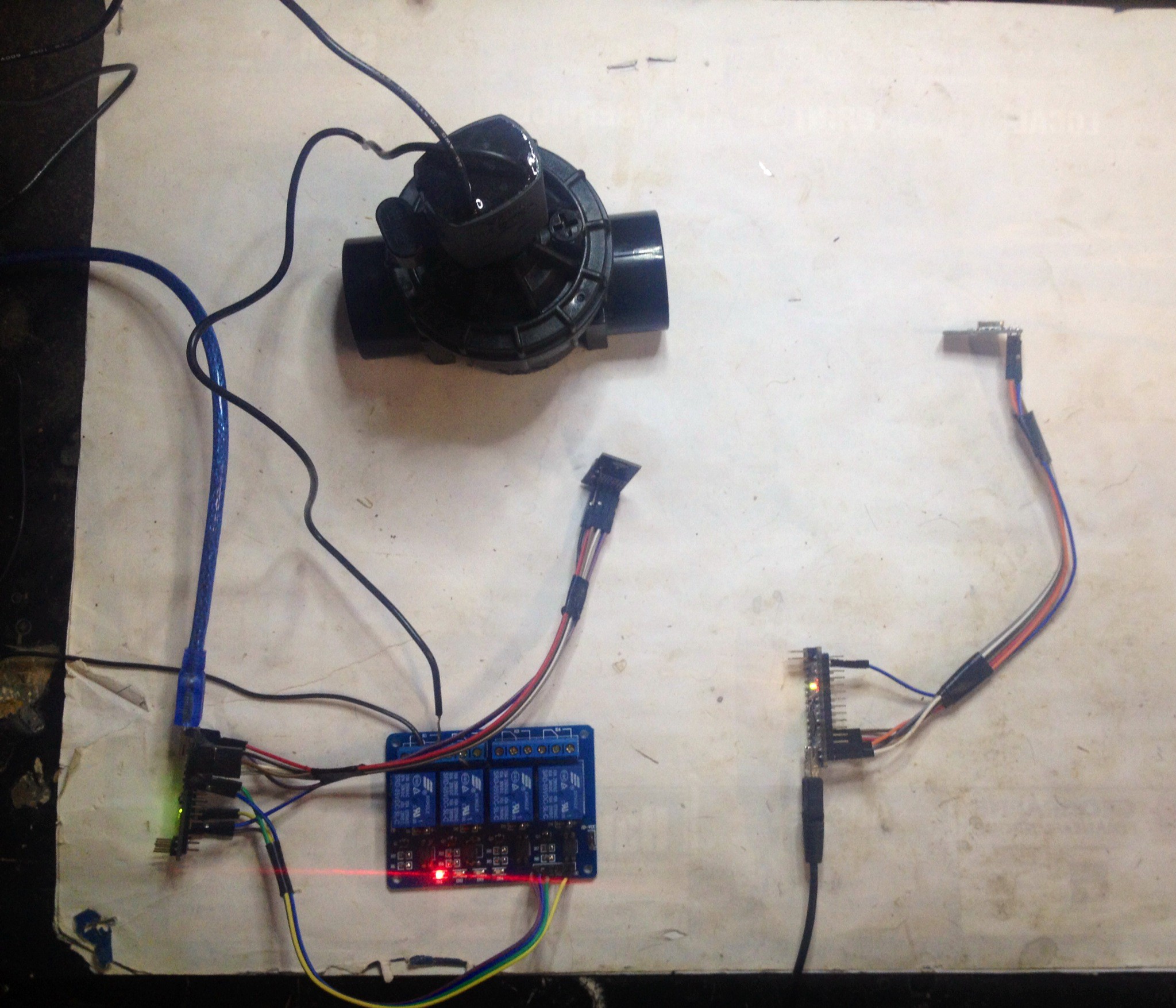Key Features:
Horticultural/Agricultural specific automation programs.
Long range radio links for farms.
Meshable sensor nodes.
Web Interface.
Encrypted/Protected Data.
The core of this system is constructed from Arduinos and other off the shelf components so anyone can put the hardware together and modify what is controlled and recorded by the attached sensors and relays. And also how the physical network is laid out and interconnected. The significant difference between GoT and a general IoT system is that the management interface and the automation programs are designed specifically to aid plant and animal production, not controlling your garage door (Not that it couldn’t do that). But for instance with a Temp/Humidity sensor connected you will have access to a predefined automation program that will monitor if the dew point is approaching and automatically activate your sprinkler system to prevent frost damage to your precious crop. This automation program can easily be altered through the management interface to activate a fan or heating system instead of sprinklers if you have a green house. Automations programs will be stored on a web site, users can submit their own or updated version of existing programs. These will be filtered through a variety of search parameters from location based to plant types.
Follows is a list of the GoT components.
Sensor/Control/Relay Node - Sends and receives information by either built in 433 MHz/Wi-Fi or by GSM/151 MHz radio add on. Nodes can be configured to perform one or a combination of the following (and many more) functions.
Monitoring Levels (Tank, Pond, Dam, Creek, River)
Monitoring Flow/Pressure (Tank, Pond, Dam, Creek, River)
12/24/250v Relay - Remote Control Valves (Water Pumps, Solar Pumps, Reticulation Solenoids)
Weather Station (Air Temperature, Humidity, Dew Point, Soil Moisture, Ground Temperature, Wind speed/direction, Rainfall)
Bin Depths (Silo, Sheep/Cattle/Bird Feeders)
Button/Trigger (Activate functions, Gates opened/closed)
Light Levels (Plant monitoring)
Weight (Cattle/Sheep monitoring)
Methane (Cattle/Sheep monitoring)
Base Station – Data logging, Management Interface Web server, Automation Programs. Collects node data, set nodes parameters and activates switches(relays). The base station coordinates the running of automatic programs. The base station connects to nodes by built in 433MHz/Wi-Fi. GSM and 151 MHz radio modules will be an add-on option for creating long range networks suitable to large scale farming production.
Network Hotspot – A GSM or 151 MHz radio network Wi-Fi hotspot that can be used in vehicles to connect a tablet or phone to the GoT network for management of nodes and automation programs.
Management Interface – The management interface is accessible from any web browser. Automation Programs are entered or downloaded through the interface. Individual sensor data can be accessed. Switches/Relays can be activated. Historical data can be viewed.
GoT Network – A GoT network can contain multiple nodes connected by a mesh network. Node access is controlled by a user/password and rights list (Read only, Read/Write). All (or selected) network data can be encrypted as required.


Software and Hardware Licenses
-----------------------------------------------
At the moment all components of the GoT systems are open sourced and fall under GPL.
All software libaries contain the required author details and can be viewed Here
As some compents have yet to be sourced, licensing requirements for those can not be detailed at this time.
 Peter
Peter
Hi,
I'm wondering what soil moisture sensor you use? I've tried to stay away from the conductivity based sensors, the capacitance ones seem more reliable and less prone to false readings (water contamination/salinity)